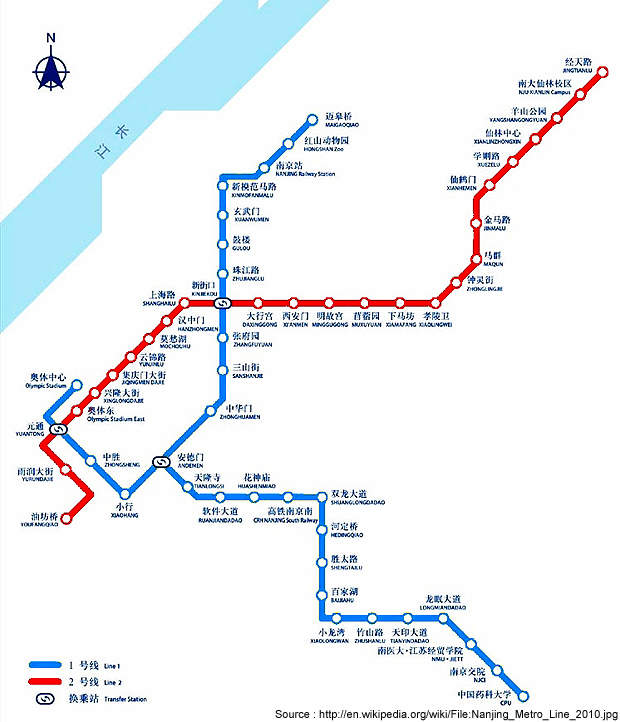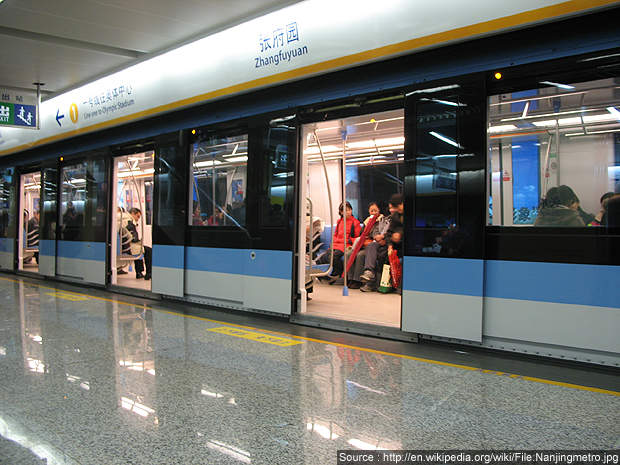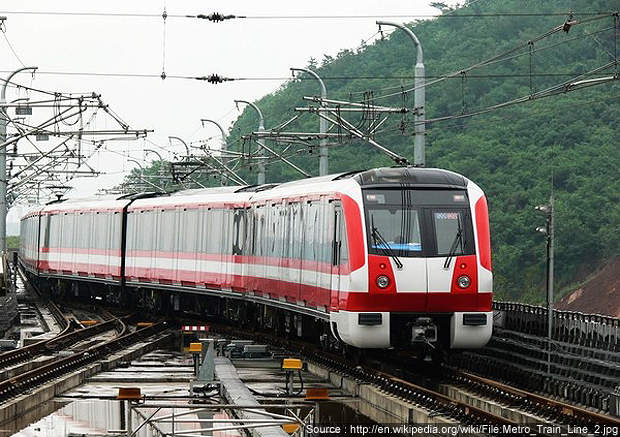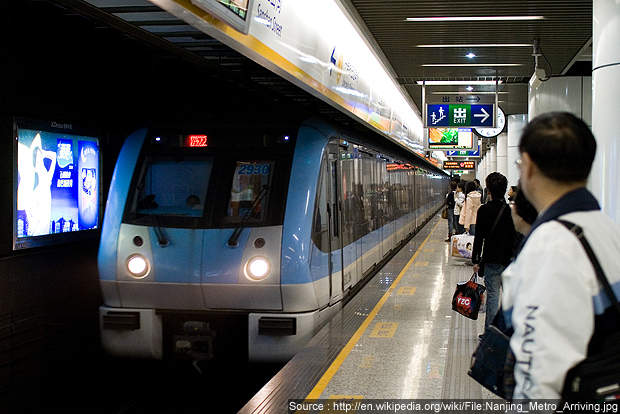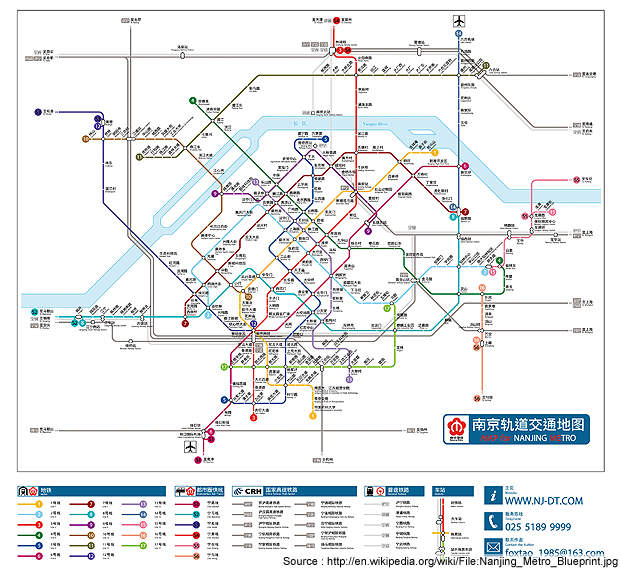Nanjing is the second-largest city in China with a population of more than 5.2 million. It is located just over a kilometre to the south-west of the country’s capital city Beijing. The Nanjing Metro has three lines: Line 1, Line 2 and Line 3, operated by the Nanjing Metro Company. Currently, only Line 1 and 2 are operational as Line 3 is still under construction.
Line 1 became operational in September 2005 after five years of construction. In May 2010, the south extension of Line 1 and the new metro Line 2 became operational. Line 2 was constructed in 36 months and has been designed to serve 500,000 passengers a day.
Line 3 broke ground in January 2010. The 14.4km extension to Line 1 westwards across the Yangtze River is also underway and will have eight new stations.
Nanjing currently has 85km of metro rail network, with plans to increase this to 600km - comprising 17 rail lines – by 2030.
Nanjing Metro lines and routes
The Nanjing Metro Line 1 runs in a north-south direction. It was initially a 21.72km-long line running from Maigaoqiao in the north to Andemen in the south, via the Olympic Stadium on the main line.
The line has now been extended a further 25.08km south towards China Pharmaceutical University and has 15 new stations. The extension starts at Tianlongsi and passes through Ruanjian Dadao, Huashenmiao, CRH Nanjing South Railway Station, Shuanglong Dadao, Hedingqiao, Shengtailu, Baijiahu, Xiaolongwan, Zhushanlu, Tianyin Daodao, Longmian Daodao, NMU.JIETT and Nanjing Communications Institute.
Line 1 has 19 underground and 11 elevated stations.
The Line 2 is a 37.95km subway route and runs in an east-west direction. It starts at Youfangqiao and interconnects with Line 1 twice at Yuantong and Xinjiekou. It also passes through the Olympic Stadium on the main line and terminates at Jingtianlu.
Line 2 has 18 underground and eight elevated stations. The section between Maqun and Jingtianlu was originally planned as an eastern extension of Line 2, however, the entire line became operational simultaneously.
Line 3 is expected to be 40.19km long and will operate in a north-south direction. There will be 28 stations on this line.
Rolling stock
The Nanjing Metro currently has 41 six-car train sets operating on Line 1 and 24 six-car train sets on Line 2.
The entire rolling stock was supplied by the consortium of Nanjing CSR Puzhen Rail Transit, Alstom, Shanghai Alstom Transport Electrical Equipment (SATEE) and the Shanghai-based Alstom Transport joint venture specialised in traction equipment.
The consortium also has a new contract worth €85.5m to supply 126 train cars by 2011, which will be in use on Line 1’s southern extension. They were ordered in January 2008.
Signalling and communication
The Nanjing Metro Lines 1 and 2 are equipped with the Siemens Trainguard MT automatic train control (ATC) system. Currently only 35 trains on Line 2 are equipped with this system.
The Trainguard MT ATC system helps in continuous exchange of data between the metro lines and the vehicles via a communication-based train control (CBTC) radio system. It reduces the usage of lineside equipment, such as signals and track vacancy detection system, and also ensures that the trains are operated on a moving-block principle.
The system also allows optimum train sequencing in accordance with passenger levels and helps to provide safe and reliable metro operations.
In addition to the conventional train protection system, Line 2 will also have a Vicos OC 501 operations control system and the Sicas ECC electronic interlocking system and Az S 350 U axle counting system.
The supervisory control and data acquisition (SCADA) and building automation systems (BAS) for Line 2 were developed by NARI Technology Development Company.

